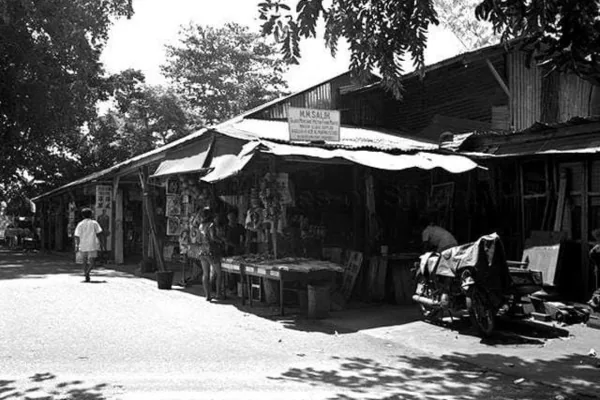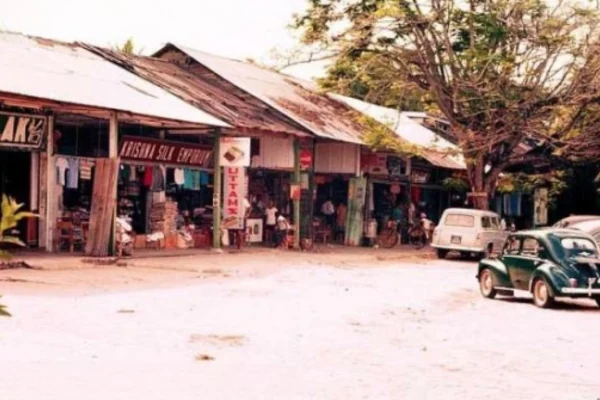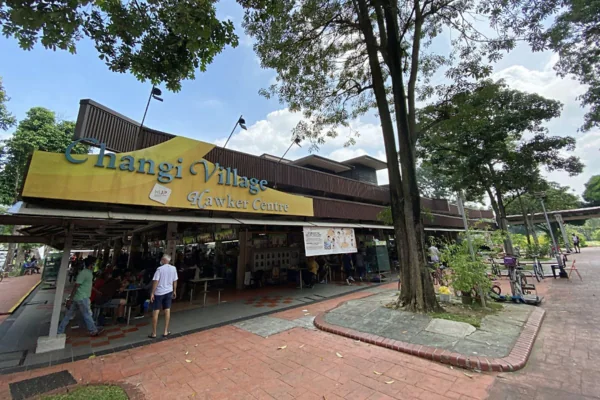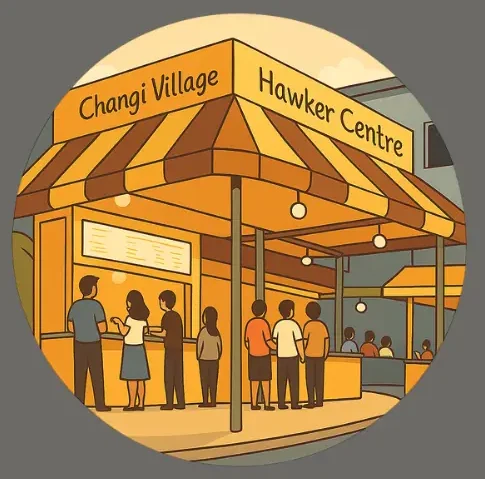History & Heritage
Located in the charming coastal neighborhood of Changi Village, the Changi Village Hawker Centre is more than just a popular food destination. It is a living, breathing part of Singapore’s cultural and culinary heritage. From its humble beginnings in the 1970s to its present-day status as a beloved local icon, this hawker center has stood the test of time, serving up not only food but a sense of identity and history & Heritage.
The 1970s and the Birth of a Village Icon
The story of Changi Village Hawker Centre began in the early 1970s when Singapore was undergoing rapid modernization and relocation of street hawkers into regulated, clean environments. Changi Village, with its fishing kampongs and military presence, was already a vibrant neighborhood filled with roadside vendors selling everything from nasi lemak to roti prata.
In response to public health concerns and urban planning, the government established the hawker center at 2 Changi Village Road as part of a larger effort to preserve traditional food culture while ensuring hygiene and order. Built near the Changi Point ferry terminal, it quickly became a central food hub for villagers, soldiers from nearby camps, ferry passengers, and airport workers.
Timeline of Milestones
| Year | Event |
|---|---|
| 1975 | Official opening of Changi Village Hawker Centre. Dozens of street hawkers are relocated here. |
| The 1980s | The hawker center becomes a key meeting point for fishermen, soldiers, and ferry commuters. |
| 1990s | Growth in tourism and backpacker hostels brings more visitors to Changi Village. |
| 2004 | Major upgrade by NEA under the Hawker Centres Upgrading Programme (HUP). New roofing, seating, and flooring were installed. |
| 2012 | Further renovation works improve drainage and ventilation; stalls modernized while preserving old recipes. |
| 2020 | Temporary closures due to COVID-19, but many stalls switch to takeaways and online delivery. |
| 2022 | Centre reopens fully; business returns with new energy and younger hawkers joining the trade. |
Renovation & Upgrades Over the Years
Despite being nearly 50 years old, Changi Village Hawker Centre has aged gracefully thanks to several renovation milestones:
- 2004 NEA Upgrade: One of the most important changes came with better ventilation, seating areas, and restroom facilities.
- 2012 Overhaul: The food center was temporarily closed for repairs, with an improved stall layout, modern signboards, and better lighting.
- Ongoing Maintenance: To maintain its appeal, minor repairs, and cleanliness improvements are conducted regularly by NEA and hawker associations.
These upgrades have allowed the hawker center to preserve its rustic charm while evolving with modern standards, allowing heritage food businesses to thrive alongside new-generation hawkers.
Photos of Changi Then & Now



These images tell the story of not just a hawker center but an entire way of life that has adapted through time from kerosene stoves to modern stainless steel counters, from handwritten signboards to LED-lit menus.
Cultural Significance
The Changi Village Hawker Centre plays a powerful role in preserving Singapore’s intangible heritage:
- Culinary Preservation: Many stalls have been handed down from parent to child. Recipes for nasi lemak sambal, satay bee hoon sauce, or fish soup stock are often family secrets.
- Community Anchor: It remains a place for the elderly to gather for kopi, for cyclists to start their day, for NSFs to catch up, and for tourists to discover authentic flavors.
- Halal Harmony: The hawker center is famous for its inclusive food culture, where halal and non-halal stalls operate side-by-side, celebrating diversity in every bite.
Changi’s Role in the National Hawker Culture
In 2020, Singapore’s hawker culture was inscribed in UNESCO’s Representative List of the Intangible Cultural Heritage of Humanity, and rightly so. Changi Village Hawker Centre represents the very heart of this heritage:
- Multiculturalism on display with Chinese, Malay, Indian, and Western stalls
- Intergenerational transmission of recipes and skills
- Affordable, accessible meals for all
- A reflection of resilience and identity through food
Changi Village, though quieter than central Singapore, remains a heritage zone where you can taste the past while enjoying the present.
Closing Thoughts
The story of Changi Village Hawker Centre is one of preservation, adaptation, and identity. More than just a food court, it is a living museum of Singaporean culture, dishing out nostalgia one plate at a time. Whether you come for the iconic nasi lemak or the warm sense of community, you’re walking into a space built on memories, resilience, and incredible flavor.
